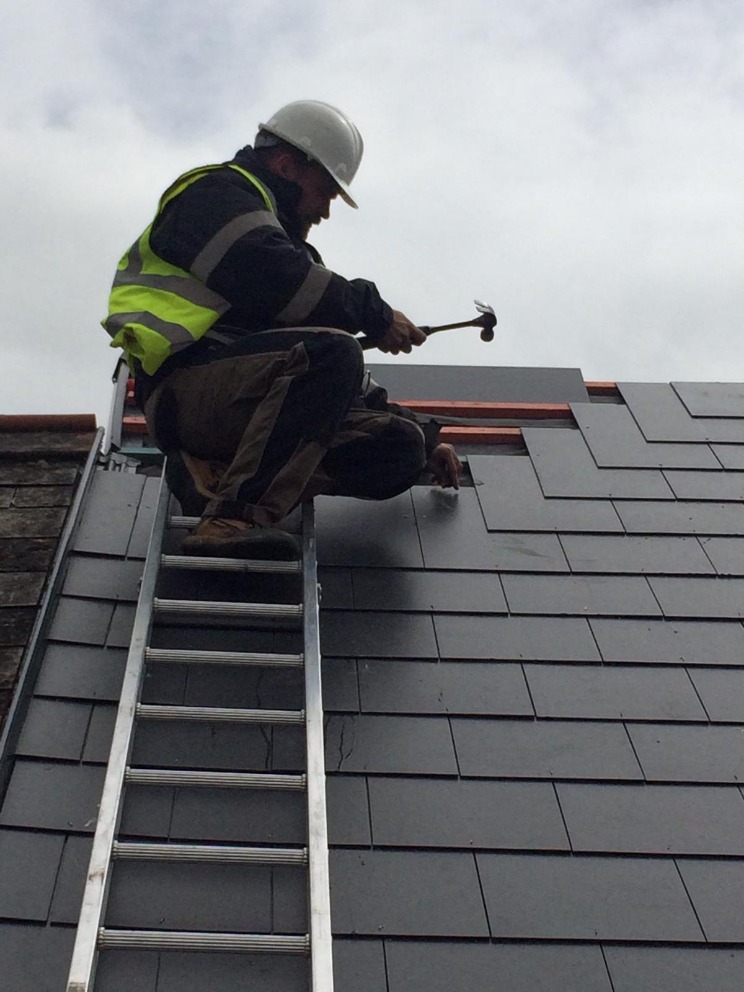When it comes to maintaining the structural integrity of a commercial property, the importance of commercial roof inspections cannot be overstated. This proactive measure plays a crucial role in identifying potential issues before they evolve into costly repairs or severe structural damage.
Why Are Commercial Roof Inspections Essential?
A commercial roof is constantly exposed to various environmental stressors such as weather fluctuations, debris, and natural wear and tear. Commercial roof inspections help in detecting early signs of damage, thus preventing minor issues from escalating into major problems. With regular inspections, property managers can ensure the safety of occupants, optimize the lifespan of the roof, and adhere to warranty requirements.
Key Components of a Thorough Commercial Roof Inspection
To maximize the effectiveness of commercial roof inspections, certain key areas require detailed scrutiny:
- Flashings: These metal pieces are designed to direct water away from key areas of the roof, such as chimneys, skylights, and vents. Ensuring they are intact and properly sealed is fundamental to preventing leaks.
- Roof Membrane: The roof membrane forms the first line of defense against external factors. Inspections should check for blisters, punctures, and other signs of wear.
- Water Drainage Systems: Effective water management is crucial. Inspectors should verify that drains, gutters, and downspouts are clear of obstructions, ensuring water does not accumulate and cause damage.
- Structural Elements: Inspecting the structural supports, including joists and rafters, ensures that the framework remains robust and can handle loads effectively.
Benefits of Regular Commercial Roof Inspections
The advantages of conducting regular commercial roof inspections extend beyond immediate repairs:
- Cost Savings: Through early identification of potential issues, repairs are less extensive and less expensive, avoiding major financial burdens.
- Safety Assurance: Regular inspections help ensure that the roof and its components are safe for building occupants, thereby reducing liability risks.
- Extended Roof Lifespan: Consistent maintenance can significantly extend the life expectancy of the roof, providing better return on investment in the long run.
- Compliance: Routine inspections help maintain compliance with local building codes and insurance requirements.
How Often Should Commercial Roof Inspections Be Conducted?
Read more about commercial roof inspections here.
The frequency of commercial roof inspections can vary depending on various factors such as the roof’s age, material, and environmental conditions. Generally, it is advisable to perform inspections bi-annually, preferably in the spring and fall. However, specific circumstances such as severe weather events, long-term exposure to moisture, or visible damage may necessitate more frequent evaluations.
Choosing a Reliable Commercial Roof Inspection Service
Selecting the right service provider for commercial roof inspections is essential. Qualified inspectors should possess experience, relevant certifications, and access to advanced diagnostic tools. Property managers should seek detailed inspection reports that encompass both visual assessments and photographic documentation, along with actionable recommendations for addressing any identified issues.
In conclusion, commercial roof inspections are a vital aspect of maintaining a property’s structural health and financial stability. By investing in regular inspections, property managers can mitigate risks, maximize roof longevity, and ensure a safe environment for all building occupants.






